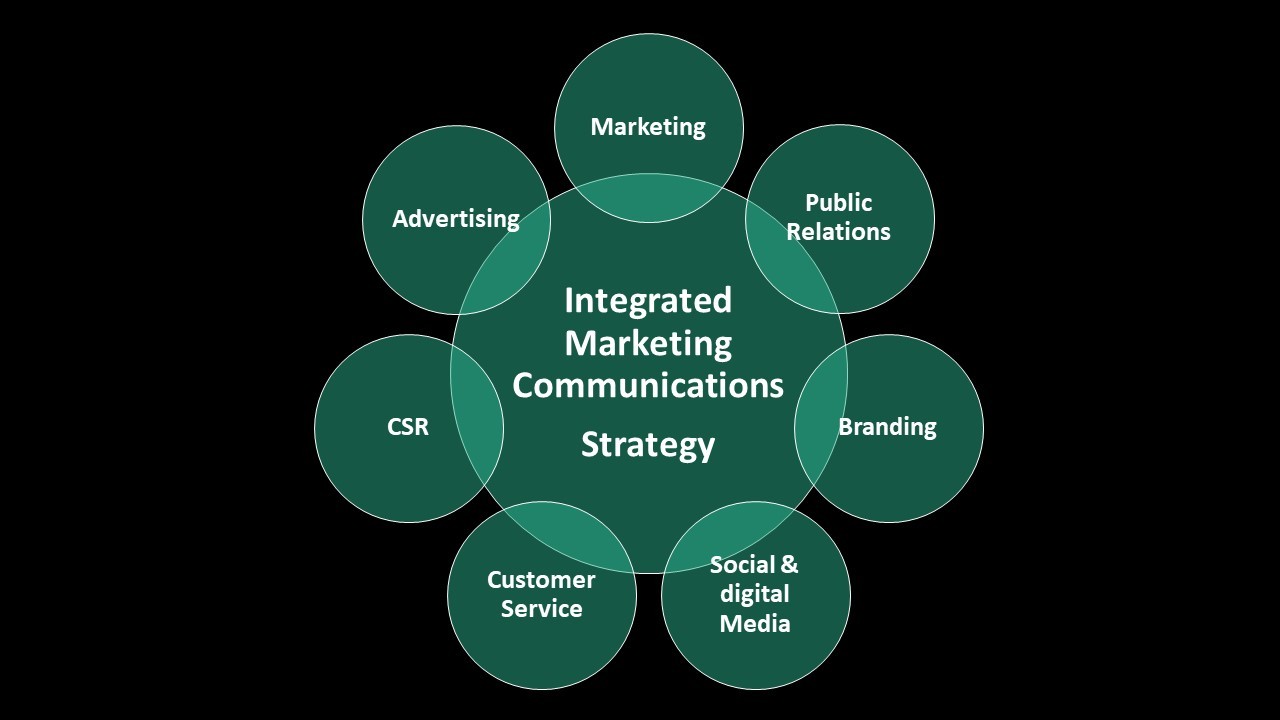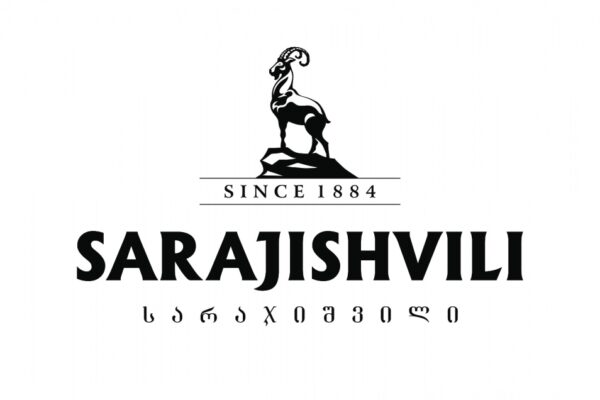
Integrating Marketing Communications to Build Brand Equity
Building brand equity for a company like Puma involves enhancing the value of the brand through various advertising, promotion, and customer engagement strategies. Puma’s brand equity is shaped by its recognition, emotional connection with customers, perceived quality, and overall consumer trust. Here’s a detailed look at how Puma can leverage different strategies like advertising, interactive marketing, events, mobile marketing, and brand amplifiers to build and strengthen its brand equity:
Advertising and Promotion
Puma uses advertising and promotional activities to increase brand visibility, drive sales, and build a strong connection with consumers. These efforts focus on highlighting Puma’s values—innovation, performance, and style.
Integrated Advertising Campaigns – Puma’s advertising is not limited to one channel; it often runs integrated campaigns across TV, print, digital, and social media platforms. These campaigns tend to focus on athlete endorsements (e.g., Usain Bolt, Neymar), celebrity collaborations (e.g., Rihanna, Jay-Z), and the brand’s commitment to both performance and fashion. By aligning with prominent figures and high-impact sports events, Puma reinforces its image as a global sports lifestyle brand.
Digital Advertising – Puma’s digital ads are designed to engage younger, tech-savvy consumers. The brand leverages platforms like Google Ads, Facebook, Instagram, and YouTube to promote targeted campaigns based on user demographics, interests, and behavior. Sponsored content on social media, influencer partnerships, and collaborations with fitness and lifestyle bloggers also help amplify Puma’s message.
Seasonal Promotions and Sales – Puma frequently runs seasonal promotions and discounts during high-traffic shopping periods (e.g., Black Friday, Back-to-School), attracting price-sensitive customers and creating urgency to drive immediate sales. These promotions often come with limited-edition products or exclusive collaborations to make the offer more compelling.
Interactive Marketing
Interactive marketing engages customers directly, allowing them to actively participate in their experience with Puma’s products and brand. By creating a two-way dialogue with consumers, Puma strengthens its brand equity and fosters a more personalized relationship.
Social Media Engagement – Puma’s social media pages are highly interactive, featuring polls, quizzes, contests, and direct engagement with followers. For example, Puma often runs Instagram polls to let consumers vote on new colorways or design elements for upcoming product releases. These activities not only involve consumers but also make them feel like part of the creative process.
Gamified Experiences – Puma could enhance its interactive marketing by creating gamified experiences for users. For example, using an app or web platform that allows consumers to earn points by completing fitness challenges, sharing content, or attending Puma-sponsored events. These points could then be redeemed for discounts, exclusive products, or experiences.
Virtual Try-Ons and Customization – Puma’s website and mobile app could offer interactive tools such as virtual try-ons or custom design features, allowing users to see how shoes, apparel, or accessories would look on them or create personalized items. This enhances the online shopping experience, drives brand interaction, and can foster a deeper connection with the consumer.
Events and Experiences
Puma frequently organizes events and experiences to build an emotional connection with its target audience, fostering brand loyalty and increasing engagement.
Exclusive Product Launches – Puma creates buzz and excitement by hosting high-profile product launches, often involving celebrities and influencers. These events, which can take place in key cities or even virtually, provide exclusive access to limited-edition products or new collaborations, helping to strengthen Puma’s premium brand positioning.
Pop-Up Stores and Experiential Marketing – Puma’s pop-up stores are designed to offer consumers more than just a shopping experience. They are immersive, sensory environments that allow customers to test products, participate in live events (such as meet-and-greets with athletes or influencers), and experience the brand in a deeper, more memorable way. For example, Puma could set up an interactive store experience at high-profile sports events or music festivals where consumers can experience the brand up close.
Sponsorships and Partnerships – Puma has a history of sponsoring major events, from the “Formula E racing” league to collaborations with adidas in the past. The brand could increase its focus on sponsoring lifestyle and sports events (e.g., soccer tournaments, extreme sports events, music festivals) to amplify brand presence and connect with fans who align with Puma’s values of performance and creativity.
Mobile Marketing
With the increasing dominance of mobile devices, mobile marketing is critical for Puma’s efforts to build brand equity. Puma’s mobile strategies should be designed to engage consumers, drive sales, and foster loyalty directly through their smartphones.
Puma App – Puma could create or improve its branded mobile app to offer exclusive features like early access to new product launches, personalized shopping experiences, and special discounts. An app would also allow for push notifications, keeping consumers updated with the latest products, promotions, and brand events. The app could also track user activity (such as workout routines or fitness goals) and offer tailored rewards, building a sense of personalized engagement.
Mobile Advertising – Puma can leverage mobile advertising through targeted ads on platforms like Instagram, Snapchat, and TikTok, which are highly popular among younger, fashion-forward audiences. These ads can be dynamic, using features such as swipe-up links to drive direct sales or promoting time-sensitive discounts.
SMS Marketing and Push Notifications – By sending time-sensitive promotions, exclusive offers, or event alerts directly to mobile devices, Puma can maintain a continuous line of communication with consumers. The key is to deliver relevant, personalized content to avoid overwhelming the customer.
Brand Amplifiers
( Public Relations and Publicity, Word of Mouth)
Brand amplifiers such as public relations, word of mouth, and media buzz are vital for creating and maintaining a strong brand presence.
Public Relations and Media Coverage – Puma’s PR team plays a critical role in shaping the public narrative around the brand. The company often generates positive media coverage through its association with well-known athletes, fashion icons, and celebrities. Puma’s strategic PR campaigns can highlight key brand messages, new product releases, or sustainability initiatives. For example, promoting Puma’s partnership with Rihanna or its involvement in sustainable fashion initiatives provides a credible platform for the brand to reach new audiences.
Influencer Marketing – Puma’s partnerships with influencers, athletes, and celebrities (e.g., Neymar, Cara Delevingne, Rihanna) serve as significant brand amplifiers. These figures can create content that highlights Puma products in their daily lives or on the sports field, reaching millions of followers and elevating the brand’s visibility. Puma’s association with famous names also helps elevate its status as a trendy, high-performance brand.
Word of Mouth – Puma encourages word-of-mouth marketing by fostering positive experiences among existing customers. Their loyalty programs, referral incentives, and customer service initiatives encourage satisfied consumers to share their experiences with friends and family. Puma also creates shareable content on social media, allowing customers to spread the brand’s message organically.
User-Generated Content (UGC) – Puma amplifies its brand through user-generated content by encouraging customers to share photos or videos of themselves wearing Puma products. These could be featured on Puma’s official social media pages, creating a sense of community and encouraging others to participate.
Building Puma’s Brand Equity
(CONCLUSION)
To build brand equity, Puma needs to consistently focus on enhancing brand recognition, trust, loyalty, and perceived quality. Through well-executed advertising, interactive marketing, engaging events, effective mobile strategies, and leveraging brand amplifiers like PR and word of mouth, Puma can continue to position itself as a leader in the global sports and lifestyle market. Over time, these efforts help create a deeper emotional connection with consumers, which is crucial for long-term success and brand loyalty.
By maintaining an integrated approach across multiple channels—combining both digital innovation and traditional media—Puma ensures its relevance and appeal across different consumer segments, fostering both immediate sales growth and sustainable brand equity in the long run.
Students: Ketevan Botchoidze
Nino Tkebuchava, Kesaria Gurgenidze



